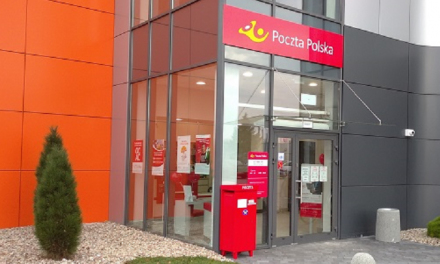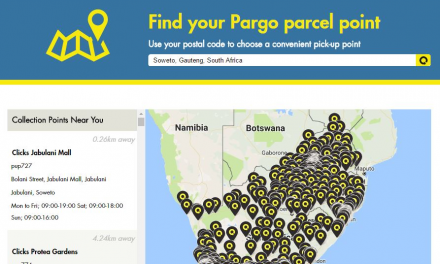
Case study: Pension products in South Africa
Interview with Mrs. Totsie Memela Khambule, Managing Director of the South Africa Postbank.
Q: Could you describe the role of South Africa PostBank with regards to channelling domestic financial resources in your country?
A: The role of South Africa PostBank is to provide access to the underserved markets in our country, which are estimated to represent 13 million people. Our institution also inculcates a culture of savings to all South African communities. Moreover, the South Africa Postbank (SAPO) extends access to government departments by supporting government initiatives that provide financial services but do not have their own retail network to reach the communities. We are committed to becoming a provider of choice for government services. To contribute to the social and economic development of our economy is key for us.
Q: Why address pensioners in a relatively young country such as South Africa? Do you plan to extend the Pension FlexiCard project to other customer segments?
A: The South African government currently provides pensions and social grants to 11.4 million people for a total value of ZAR 4.6 billion per month (approx 0.6 billion USD). The majority of these beneficiaries are paid in cash. The government objective is to have within a number of five years 50% of the population banked.
We believe we have a platform and the facilities to serve this market. The other objective is to reduce the cost of banking for the beneficiaries by enabling them to access debit cards which can be used in retail points of sale. The Pension Flexi Card offered by Postbank, currently targeted to the pensioners market, can be extended to other social grant beneficiaries.
Q: What have been the considerations behind the implementation of biometric technology?
A: The main consideration leading to the development of SAPO’s Biometric Solution was to offer a competitive pension/social grant payment solution that was secure, affordable and supportive to the government’s objective of increasing access to finance for the unbanked. At the time, SAPO was losing pension customers to the competitors who already had biometric based payment solutions and the decision to invest was based on a strategic move to regain market share.
The initial project was concluded within 50 days and the cost to implement the system at 118 post office branches was ZAR 11,8 million (approx. 1.6 million USD). Apart from the technological challenges that had to be tackled (such as the use of satellite technology and the use of smart card encryption technology), the biometric solution also had to guarantee customer choice. This is why we opted for an open-system approach that allowed the beneficiary to choose how and when payments are made.
Contact: [email protected] or [email protected]













